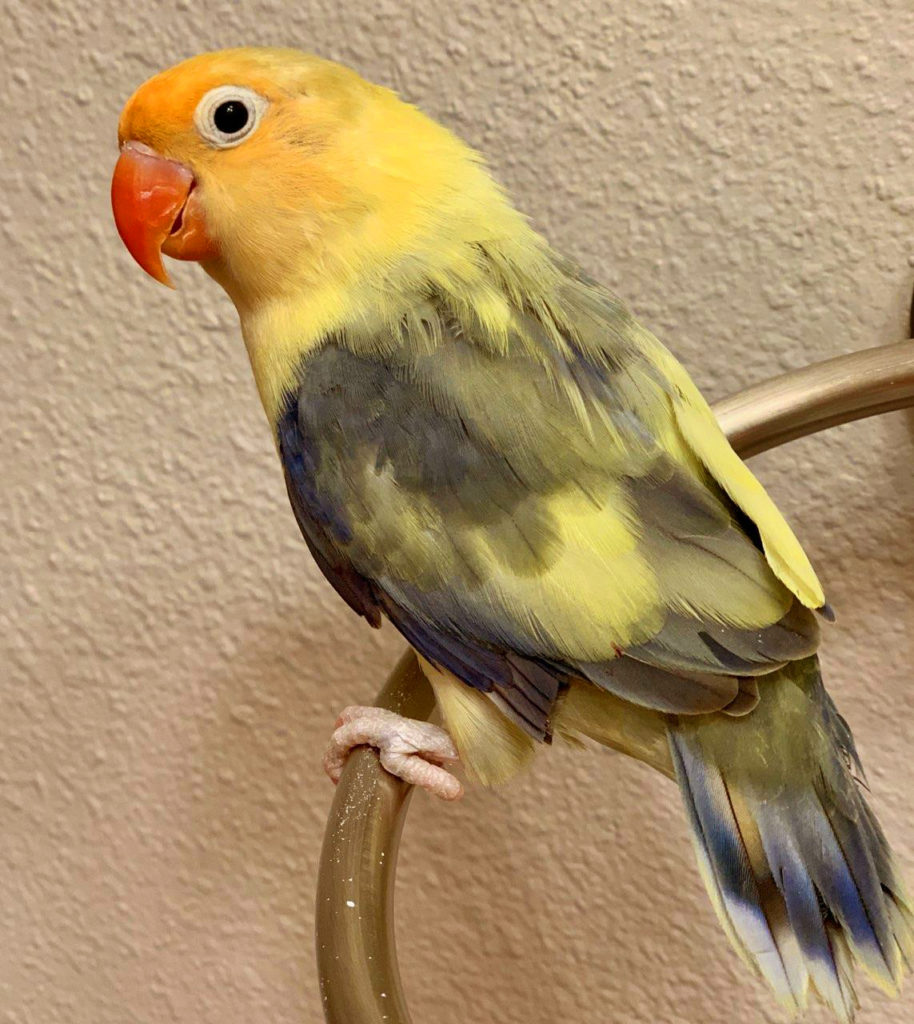
Lovebirds Make Great Pet Birds
Lovebirds can make wonderful and entertaining pets for the right owners. Lovebirds are small, colorful, and social birds that are native to Africa. They are known for their affectionate behavior towards their mate, which is why they earned the name “lovebirds.” Here are some reasons why lovebirds make great pets:
Bonding and Affection: Lovebirds are highly social birds and can form strong bonds with their human caregivers. With time and patience, they can become affectionate and enjoy interacting with their owners.
Playful Nature: Lovebirds are known for their playful and energetic behavior. They enjoy playing with toys, swinging on perches, and engaging in various activities, providing endless entertainment.
Colorful and Beautiful: Lovebirds come in various color mutations, and their vibrant plumage makes them visually appealing and attractive as pets.
Long Lifespan: With proper care and attention, lovebirds can live for an extended period, usually between 10 to 15 years, which allows for a lasting companionship.
Low Space Requirements: As small birds, lovebirds don’t require a lot of space, making them suitable for apartments or small living spaces.
Low Noise Level: Compared to some other bird species, lovebirds are relatively quiet, which is appreciated by pet owners who are concerned about noise.
Ability to Learn Tricks: Lovebirds are intelligent creatures and can be taught tricks and simple commands with consistent training.
Sociable and Friendly: Lovebirds are social animals and enjoy interacting not only with their owners but also with other lovebirds, making them great pets for people looking for a companion for their existing bird.
However, it’s essential to keep in mind that owning any pet comes with responsibilities. Lovebirds, like any other animals, require proper care, attention, and a suitable environment to thrive. Potential owners should research and understand the specific needs of lovebirds, including their dietary requirements, cage size, and socialization needs. Additionally, if you plan to keep more than one lovebird, they should be introduced carefully to ensure they get along well.